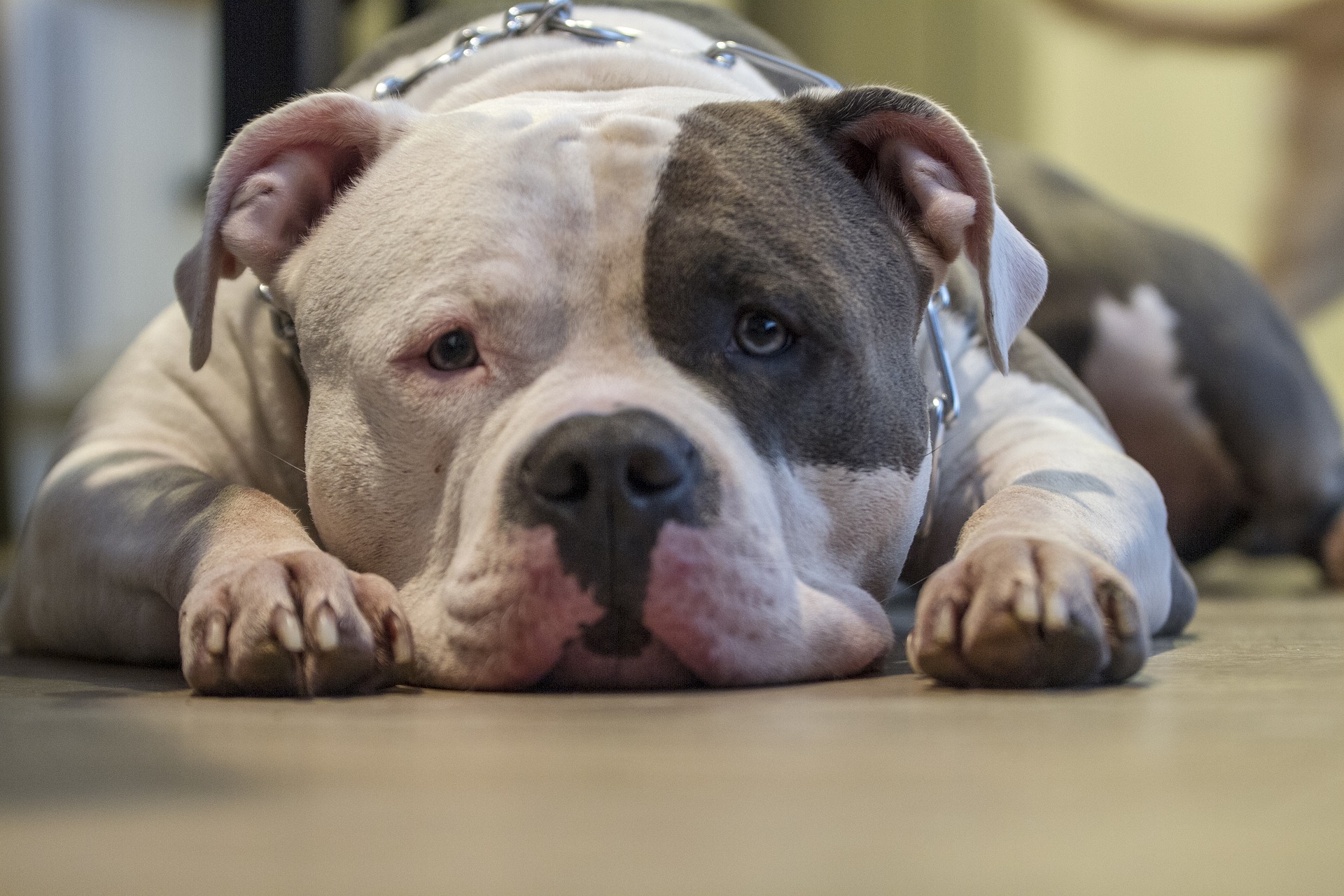Have you noticed that your dog gets extremely upset when you leave the house, or even when you are just out of sight? Many dogs are prone to developing separation anxiety, and this condition has worsened with COVID. As more and more pet parents are working from home and spending more time at their residence, dogs have gotten used to the additional company and attention. Now when their owners leave, they can be even more susceptible to stress and loneliness.
If you suspect that your dog has developed separation anxiety, here are some ways to address it and work through it.
Why Does Separation Anxiety Occur?
Your pup may develop separation anxiety due to a number of factors. Perhaps your routine has changed lately, as many have. Pet parents are home more often lately, or are waking up earlier or later than usual. If Fido is out of his crate more than usual, this alone can cause a stressor. Pay close attention if you have recently welcomed a new baby into the family, as this results in even more of a routine change. Do your best to prepare your dog for anticipated changes in routine, and give them the attention they deserve as much as you can.
The loss of a family member can also result in changes in personality and activity of your dog. While this change isn’t easily remedied, you can help be giving your pup an old piece of clothing or item that the deceased family member owned. As their scent slowly fades, it teaches your pup that that person’s physical presence in this family has changed as well.
Spotting the Signs
Signs that your dog has separation anxiety include repeated escape attempts from places like crates or areas blocked by a baby gate. Your dog may also exhibit destructive behavior unlike what they do when you’re around; having accidents on the floor after you leave; or barking and howling at the door once you’re gone.
If your pup tends to only be concerned in the first few minutes that you are gone, there is an easy solution you can implement to treat their separation anxiety. You can change your dog’s negative association with separation by replacing it with excitement for food! Give your pet a puzzle toy filled with their favorite treats consistently when you are leaving the house, and remove it as soon as you get home. Having the puzzle toy to mess with helps distract them as you leave, gives them something to do for the first 20-30 minutes that you are gone, and helps change the way they view you leaving. However, you may notice after a few tries that this may not work if your dog deals with more extreme separation anxiety.
Discuss a desensitization plan with an animal behaviorist to best work through your dog’s anxiety. This will include giving your dog cues for when you are about to leave, and starting with short separations before working up to longer times apart. Take it slow slow slow as you work up to 45 minutes. Seriously, like only increase your absences by a few seconds each time. Most dogs experience the worst parts of their anxiety within these first few hours, so once they are comfortable with you being gone for 60-90 minutes, they should quickly and easily get adjusted to longer periods.
Gulf Coast K9 Dog Training have trained hundreds of Sarasota and Bradenton area dogs, and helped to educate their owners. If you need help with your dog’s behavior, give us a call.





